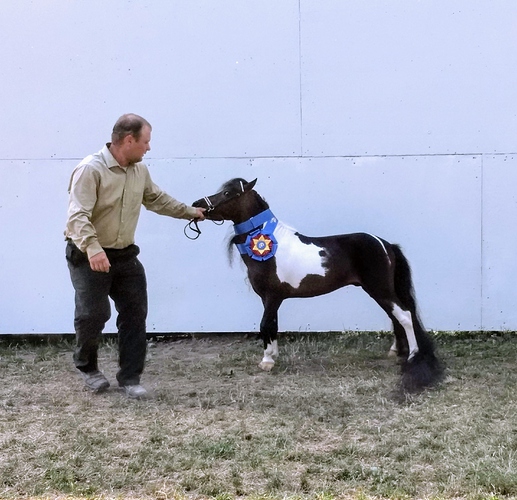Leave it better than you found it. Always. Even if the BO/owners don’t care. Pick those reins up off the floor. Give the barn one last sweep right before you walk out the door. Give bits a little dip in water after each ride. Wipe down saddles with a damp cloth and put the saddle cover on, not just draped over the top. Knock down that cobweb. Straighten that halter. The difference between a good groom and a great groom is usually in the tiny details. Similarly, things that are done sloppily are oftentimes done that way in the name of speed, but it doesn’t usually take that much more time to do it right, you know?
If time is really of the essence, then find ways to streamline your approach and (unless otherwise instructed by the BO) don’t be afraid to try out different ways to do things to make it faster/easier. Maybe you hang bridles on the “dirty” rack kept right in the aisleway and then clean/figure eight them all at the end of the day (or before the evening crew of clients comes around) and put them away in their proper locations. If you’re really crunched for time, you might get all the bridles you’ll need out at the start of the day to reduce trips to the tack room. Keep all your leather cleaning supplies neat in a small bucket. Get a bucket of water ready first thing in the morning and put it underneath the dirty bridle rack so you can rinse the bits before they dry out and get crusty. If bits always come out green and gunky after a ride (especially if horses are on clover and get “bubbly”), keep one of those big syringes around and use it to flush the horse’s mouth with water before you put the bridle on (this also makes worming them so much easier in the long run). Doing this at shows is especially helpful to prevent unsightly green lips on gray horses. Do it in their stall to keep the aisle cleaner. Picking hooves in stalls as someone else recommended cuts down on sweeping time. If you’re hosing down a horse in the wash rack, take the saddle pad with you and give the underside a quick spray down too. Even if the barn isn’t very big and it doesn’t seem necessary, measuring out your hay for each horse and tossing it in a (clean) wheelbarrow and wheeling it down the aisle will be faster and keep things cleaner than carrying each horse’s hay individually.
Personally, I think Smartpaks are a big QOL improvement if people purchase them, but if they don’t, my last BO would just buy things in bulk and sit down at the start of each week and make each horse their own “smartpaks” in little plastic containers like these and just label them for each horse. They’re easier to reuse/get everything out of/clean than plastic bags, and you can just get bigger containers if the horse has a lot of supplements.
The last thing I’ll add is try to develop a “might as well” attitude about doing things. Say you’ve got to go to the feed room. Before you do, take a quick glance around and see if there’s anything that needs to go in that general direction (even if it’s not actually to the feed room). You “might as well” pick said item up and take it with you. Taking a horse down to the ring and notice that someone brought a crop up from the arena? You might as well take it back down with you. Getting in this habit will really cut down on unnecessary trips around the barn. I’ve also heard this called the “full hands” method, meaning that you don’t just walk around to/from places empty handed (I actually try to do this in my house a lot too).

